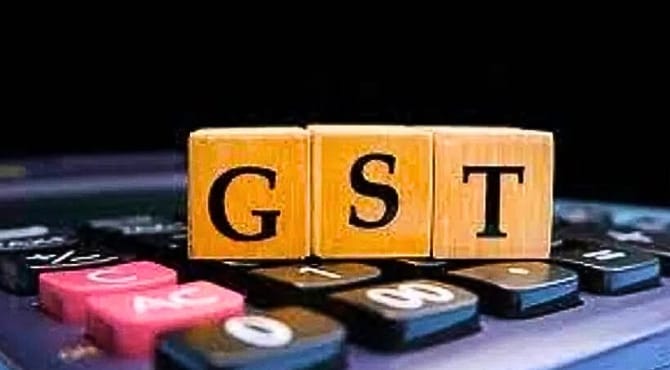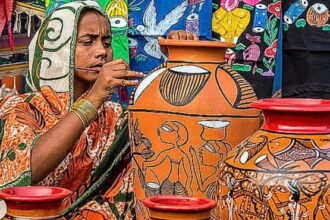As lights flickered across markets in September and October, banks saw something they hadn’t in years—a festival season that truly lived up to the hype. A mix of lower Goods and Services Tax (GST) rates and Diwali-driven spending sent Indian consumers into shopping mode, pushing bank credit growth into record territory. The ripple effect of that momentum could carry well into the year-end, giving the economy another boost just when it needed a push toward sustained recovery.
The numbers tell a clear story. Between September 5 and October 17, 2025, bank loans jumped by over 4 lakh crore rupees to reach 192.19 lakh crore, a surge of more than 100 percent compared with the same festive stretch last year. Retail loans led the pack, particularly for automobiles, housing, and consumer durables. According to Reserve Bank of India data, the year-on-year rise in credit touched 11.45 percent, marking the highest growth in nearly nine months.
CareEdge Ratings credits this spike to two main factors: seasonal enthusiasm and the government’s Next-Gen GST reform. Introduced on September 22, the simplified two-rate structure—5 percent and 18 percent—has made pricing clearer and sparked new buying interest. Car dealerships and electronics showrooms were among the first to feel the buzz as customers warmed to rate cuts just before Diwali.
Canara Bank’s CEO, K Satyanarayana Raju, said vehicle loans climbed by more than 25 percent in the July–September quarter, while lending to micro, small, and medium enterprises (MSMEs) rose 12.7 percent. “When consumption improves, MSMEs feel it first. Demand for goods increases, and credit follows,” he explained.
Government ministers were quick to highlight how tax relief has filtered down to the average buyer. Finance Minister Nirmala Sitharaman, Commerce Minister Piyush Goyal, and Information and Broadcasting Minister Ashwini Vaishnaw jointly stressed that GST benefits are reaching consumers and encouraging purchases that, in turn, push investment and production. Vaishnaw projected that consumption might grow by over 10 percent this financial year, adding nearly 20 lakh crore rupees to India’s economic output in nominal terms.
Economists at Bank of Baroda expect the rebound to continue. They see the festive quarter as a turning point, helped by a good monsoon, steady income tax relief, and lower inflation. Many households postponed big purchases earlier in the year in anticipation of the new tax structure, leading to a noticeable burst of demand after September 22.
Inflation has also eased meaningfully. Consumer prices in September rose only 1.5 percent year-on-year, down from 2.1 percent in August and the lowest since mid-2017. That drop in prices for several goods—some down nearly 10 percent—has unlocked more spending power. As households save on essentials, discretionary spending tends to rise, creating a comfortable loop of higher demand and stronger business activity.
Analysts say this combination of lower prices, tax relief, and revived optimism will keep credit growth strong through the second half of the fiscal year. With real purchasing power improving, sales of big-ticket items like vehicles, appliances, and homes are expected to post double-digit gains.
Heading into the final weeks of the year, India finds itself in a sweet spot of falling inflation, easier financing, and revived consumer confidence. The GST reforms may have been the spark, but festival cheer and household optimism are keeping the flame alive. If the current pace holds, banks, businesses, and consumers could all end 2025 on a brighter note—proof that policy changes, when timed well, can turn resilience into momentum.









